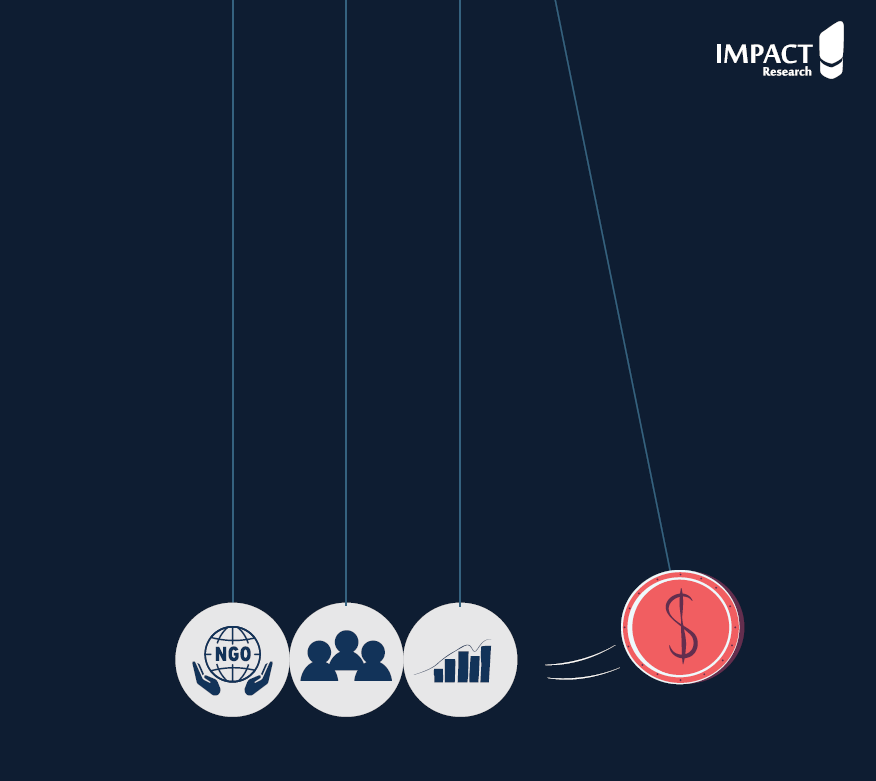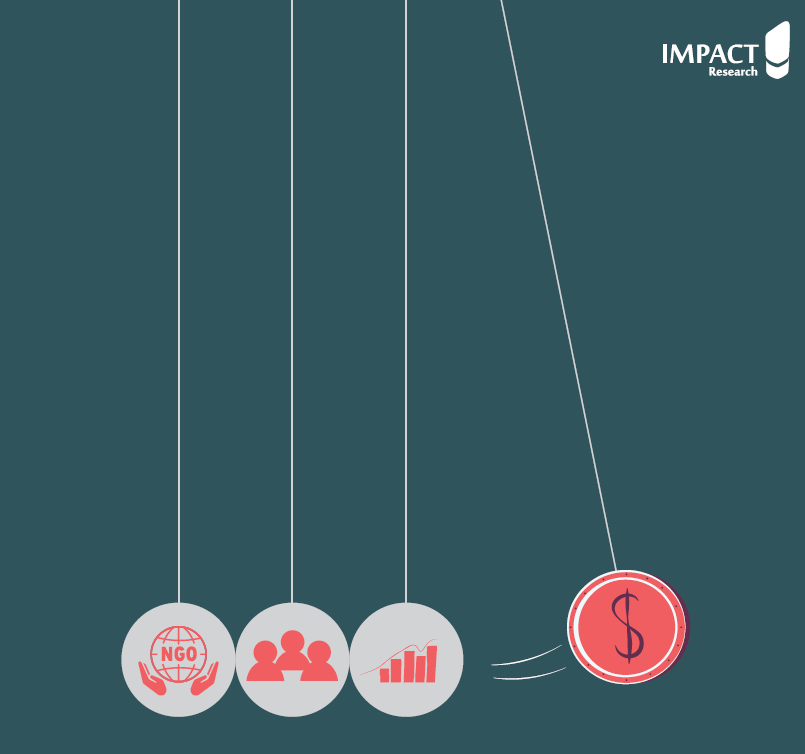The protracted conflict that followed the Syrian uprising in March 2011 has led to one of the worst humanitarian crises in the world, with more than 15 million people estimated to require humanitarian assistance in 2023. The growing needs of populations are exacerbated by failed state and public institutions, a crumbling economy, continuous hostilities, and fragmentation of social fabric.
Against this backdrop, international aid to Syria has been crucial in responding to humanitarian needs, filling gaps in service delivery and investing in social cohesion and peace building efforts. Funds amounting to billions of dollars have been pouring into the country since 2011, the majority thereof are managed and distributed by non-state actors, and more specifically non-profit actors, both international and local ones.
This research collection focuses on investigating the aid and development industry from an economic perspective, evaluating the socioeconomic role of the non-profit sector, and analyzing the long-term impact of this sector stretch beyond the direct goals of non-profit projects.
The first paper of the collection offers a A Macro Perspective on International Aid Industry in Syria and its Economic and Political Impacts. Researcher Dr. Joseph Daher starts by illustrating a picture of Syrian economy prior to 2011, and the evolution of Syrian civil society and the non-profit sector in the country. Then he moves to identifying the main sources of funding for the non-profit sector including state and private sources, analyzing the nature and distribution of these funds, and the relation to the Syrian economy. Lastly the paper delves into the political influence and power relations with de-facto authorities in the different areas of control.
Dr. Daher observes that despite a noticeable increase in funds for early recovery, international assistance is still largely directed for emergency response, and mainly contributing to a consumption rather than productive economy. He concludes by suggesting that a transition towards more early recovery and development funds is essential for the restoration and development of the economy’s infrastructure and productive sectors, however this transition is impeded with a plethora of political, social, and economical obstacles.
The second paper, The Role and Dynamics of Non-profit Sector in Syria delves into the micro-level analysis, studying six different locations around Syria, within different areas of control, namely: Qamishli, Raqqa, Idlib, Azaz, Damascus and Aleppo. Researchers Zaki Mehchi and Mouayad Albonni investigate the socioeconomic impact of the NPS activities in the selected locations, by analyzing key categories such as food and nutrition, health, education, job opportunities, housing and infrastructure, and social cohesion. The paper also studies the ecosystem of the non-profit sector and the complex power dynamics
with various influential actors in each of the selected locations, including formal public actors, international actors, civil society actors, as well as security and military actors. and takes a closer look at procurement processes adopted by NPS entities. Mr. Mehchi and Mr. Albonni conclude by highlighting four main findings of the analysis. First is the widening gap between the needs and the capacities of the NPS entities, and the ensuing unsustainability and fragmentation. Second is the stringent security oversight coupled with weak monitoring systems, a context that increase chances of corruption and favoritism. The third main finding is related to procurement practices and the gap between policies and criteria and actual practice. And fourth is the growing reliance on the non-profit sector and its vulnerability to fluctuating political contexts, among other factors.
The researchers end their paper by providing a set of general and practical recommendations to address the highlighted issues and mitigate the impact thereof.
The third paper studies the Long-term impact and economic imprint of non-profit sector in Syria. Researcher Dr. Joseph Daher providers a critical analysis of the aid industry and the potential role of NPS in economic recovery
and growth, as well as the development of human capital, drawing on comparisons and case studies from other aid-dependent conflict contexts. Dr. Daher argues that the modality of the international aid system and its dynamics mainly favors a consumption economy that doesn’t necessarily lead to economic growth. Furthermore, he illustrates that the relation between international aid, development of human capital and economic growth is neither linear nor certain; but is connected and reliant on complex prerequisites including an enabling economic environment and comprehensive public (state) development and socioeconomic policies.
The paper also investigates the sustainability of civil society actions considering the shrinking funding, shifts in geopolitical context and the stalled political solution to the Syrian crisis. Dr. Daher presents Syrian civil society on a crossroads where innovative and
practical approaches are essential to create an effective involvement of civil society in economic recovery, reconstruction, and sustainable development.



